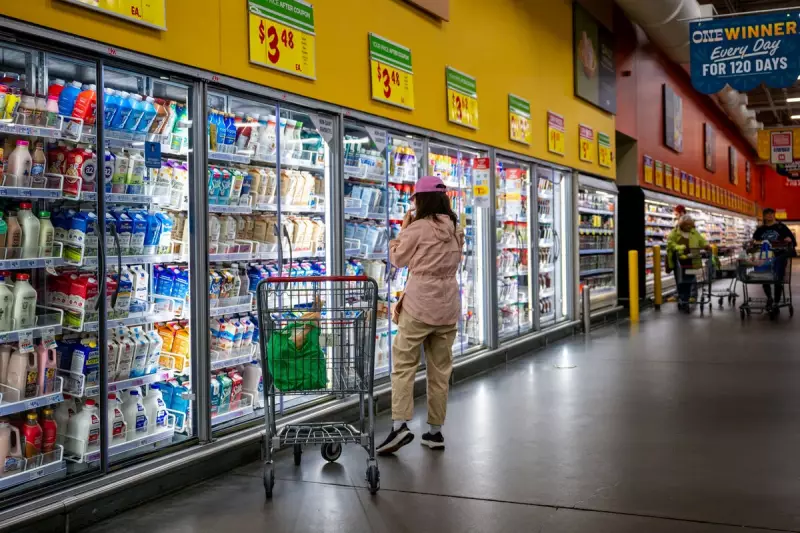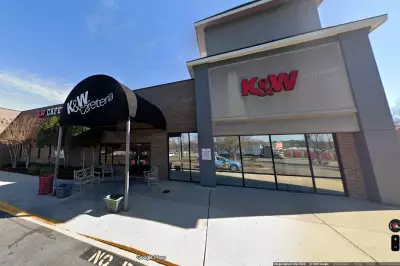
In a political paradox that has left economists scratching their heads, new polling data reveals American voters trust Donald Trump more to handle inflation, despite living costs experiencing their sharpest increases during his administration.
The Polling Shock
A comprehensive survey conducted by the esteemed Suffolk University Sawyer Business School/USA Today has uncovered this remarkable contradiction in voter sentiment. The data shows Trump holding a significant 4-point advantage over President Biden when respondents were asked who they trust more to manage the nation's persistent inflation crisis.
Historical Context vs. Current Perception
This confidence in Trump's economic management flies in the face of recent history. Analysis of Bureau of Labour Statistics data confirms that the most dramatic surge in consumer prices actually occurred during Trump's final year in office, with inflation reaching a staggering 7% annual rate by December 2020.
The numbers tell a compelling story:
- Inflation peaked at its highest level in four decades under Trump's watch
- Current inflation rates, while still elevated, have substantially cooled from those record highs
- Voter memory appears to be rewriting economic history
Political Implications
This polling anomaly comes at a critical juncture for both campaigns. With the economy consistently ranking as voters' primary concern, the perception battle over who can better manage living costs could prove decisive in the upcoming election.
David Paleologos, director of Suffolk's Political Research Centre, noted the significance of these findings, suggesting they indicate a fundamental disconnect between economic reality and voter perception that could reshape the political landscape.
The Reality Check
While inflation remains a genuine concern for American households, the data clearly shows that the worst of the price surges occurred during the transition between administrations, with pandemic-related supply chain disruptions and economic stimulus measures creating the perfect storm for rising costs.
As the election approaches, this gap between economic facts and voter perception presents one of the most fascinating puzzles of the current political season, challenging conventional wisdom about how voters assess economic performance and assign responsibility for financial pain.





